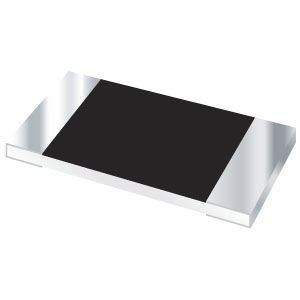
High-power resistor C series






Add to favorites
Compare this product
Characteristics
- Electrical characteristics
- high-power
- Resistance
Max.: 3 Ohm
Min.: 0.005 Ohm
- Power rating
Max.: 15 W
Min.: 0.5 W
Description
Bourns offers metal foil and metal strip chip resistors and EB welded metal strip shunts.
These high-power resistors have very low resistance values and TCR due to their metal strip resistive element and are suitable for all types of current sensing applications.
Metal foil resistors are constructed with a metal foil resistive element mounted on a ceramic substrate for excellent heat conductivity. The metal foil resistive element of these current sense resistors results in very low inductance, low noise and excellent reliability. Available with very low resistance values (down to five milliohms) and ideal for current sensing in consumer and telecommunication electronics and industrial automation applications.
Bourns offers the standard short terminal shape (CFN Series) and a wide terminal shape (CFG Series) wide terminal model CFG Series helps to provide improved heat dissipation and higher reliability due to larger terminations and solder joint surfaces.
Metal strip chip resistors (Model CRA, CRE, CRF, CST Series) have electroplated tin (Sn) outer terminations for soldering onto the board. The resistive element is protected by an epoxy overcoat layer.
EB welded metal strip shunts (Bourns® Model CSS Series) are manufactured using an electron beam-welded metal strip with an iron chrome or manganese copper alloy resistive element, providing excellent electrical characteristics. They also feature copper alloy terminations that deliver additional mechanical strength and enable ease of solderability.
Catalogs
Bourns® Outside Plant Products
16 Pages
Circuit Protection Selection Guide
108 Pages
Related Searches
- Transformer
- Dry transformer
- Single-pole switch
- Encapsulated transformer
- Rotary switch
- Security switch
- Isolation transformer
- Tactile switch
- Diode
- Potentiometer
- Transistor module
- Wire-wound resistor
- IEC transformer
- Power resistor
- Circular potentiometer
- Manual potentiometer
- Rectifier diode
- Voltage diode
- Choke coil
- Silicon diode
*Prices are pre-tax. They exclude delivery charges and customs duties and do not include additional charges for installation or activation options. Prices are indicative only and may vary by country, with changes to the cost of raw materials and exchange rates.











